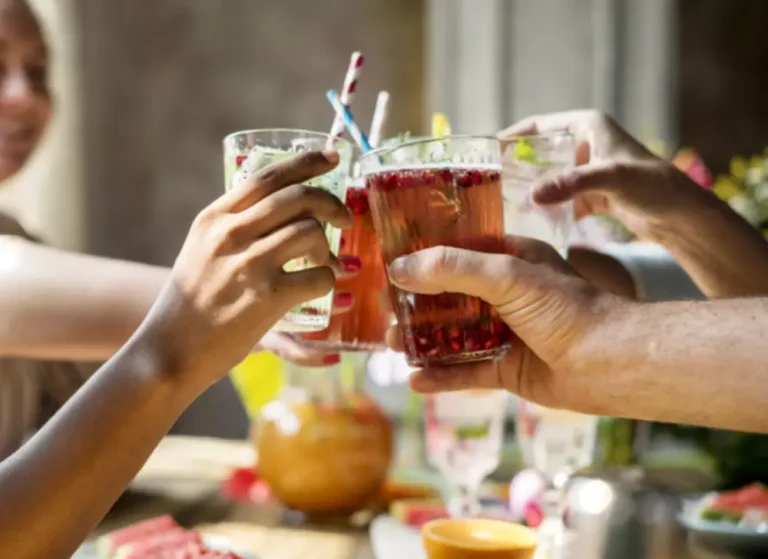A final emphasis in the RP approach is the global intervention of lifestyle balancing, designed to target more pervasive factors that can function as relapse antecedents. For example, clients can be encouraged to increase their engagement in rewarding or stress-reducing activities into their daily routine. Overall, the RP model is characterized by a highly ideographic treatment approach, a contrast to the “one size fits all” approach typical of certain traditional treatments.
Cognitive Behavioural model of relapse
In the 1970s, the pioneering work of a small number of alcohol researchers began to challenge the existing abstinence-based paradigm in AUD treatment research. They found that their controlled drinking intervention produced significantly better outcomes compared to usual treatment, and that about a quarter of the individuals in this condition maintained controlled drinking for one year post treatment (Sobell & Sobell, 1973). AA was established in 1935 as a nonprofessional mutual aid group for people who desire abstinence from alcohol, and its 12 Steps became integrated in SUD treatment abstinence violation effect programs in the 1940s and 1950s with the emergence of the Minnesota Model of treatment (White & Kurtz, 2008). The Minnesota Model involved inpatient SUD treatment incorporating principles of AA, with a mix of professional and peer support staff (many of whom were members of AA), and a requirement that patients attend AA or NA meetings as part of their treatment (Anderson, McGovern, & DuPont, 1999; McElrath, 1997). This model both accelerated the spread of AA and NA and helped establish the abstinence-focused 12-Step program at the core of mainstream addiction treatment.
Specific Intervention Strategies
Prolonged stress during childhood dysregulates the normal stress response and can lastingly impair emotion regulation and cognitive development. What is more, it can alter the sensitivity of the stress response system so that it overresponds to low levels of threat, making people feel easily overwhelmed by life’s normal difficulties. Research shows a strong link between ACEs and opioid drug abuse as well as alcoholism. The healthy alternative to seeing relapse as personal defeat is to regard it as a steppingstone, a marker of progress—a chance to learn more about one’s individual susceptibilities, about the kinds of situations that are problematic, and about the most workable means of support in a crisis. Creating a rewarding life that is built around personally meaningful goals and activities, and not around substance use, is essential. Recovery is an opportunity for creating a life that is more fulfilling than what came before.

AVE in the Context of the Relapse Process
This suggests that treatment experiences and therapist input can influence participant goals over time, and there is value in engaging patients with non-abstinence goals in treatment. In addition to shaping mainstream addiction treatment, the abstinence-only 12-Step model also had an indelible effect on the field of SUD treatment research. Most scientists who studied SUD treatment believed that abstinence was the only acceptable treatment goal until at least the 1980s (Des Jarlais, 2017). Abstinence rates became the primary outcome for determining SUD treatment effectiveness (Finney, Moyer, & Swearingen, 2003; Kiluk, Fitzmaurice, Strain, & Weiss, 2019; Miller, 1994; Volkow, 2020), a standard which persisted well into the 1990s (Finney et al., 2003).
Normalize Relapse
Helping people understand whether emotional pain or some other unacknowledged problem is the cause of addition is the province of psychotherapy and a primary reason why it is considered so important in recovery. Therapy not only gives people insight into their vulnerabilities but teaches them healthy tools for handling emotional distress. They are typically triggered by people, places, paraphernalia, and passing thoughts in some way related to previous drug use. In the absence of triggers, or cues, cravings are headed toward extinction soon after quitting. But sometimes triggers can’t be avoided—you accidentally encounter someone or pass a place where you once used.
- Currently, the dynamic model can be viewed as a hypothetical, theory-driven framework that awaits empirical evaluation.
- While the overall number of studies examining neural correlates of relapse remains small at present, the coming years will undoubtedly see a significant escalation in the number of studies using fMRI to predict response to psychosocial and pharmacological treatments.
- For example, maybe your short-term goal is to eat healthy and build muscle so that you can perform better in your sport, and your long-term goal is to care for your body in order to avoid preventable diseases later in life.

One of the most important efficacy-enhancing strategies employed in RP is the emphasis on collaboration between the client and therapist instead of a more typical “top down” doctor-patient relationship. In the RP model, the client is encouraged to adopt the role of colleague and to become an objective observer of his or her own behavior. In developing a sense of objectivity, the client is better able to view his or her alcohol use as an addictive behavior and may be more able to accept greater responsibility both for the drinking behavior and for the effort to change that behavior.
Understand The Relapse Process
To accomplish this goal, the therapist first elicits the client’s positive expectations about alcohol’s effects using either standardized questionnaires or clinical interviews. Positive expectancies regarding alcohol’s effects often are based on myths or placebo effects of alcohol (i.e., effects that occur because the drinker expects them to, not because alcohol causes the appropriate physiological changes). In particular, considerable research has demonstrated that alcohol’s perceived positive effects on social behavior are often mediated by placebo effects, resulting from both expectations (i.e., “set”) and the environment (i.e., “setting”) in which drinking takes place (Marlatt and Rohsenow 1981). Subsequently, the therapist can address each expectancy, using cognitive restructuring (which is discussed later in this section) and education about research findings.

Those who drink the most tend to have higher expectations regarding the positive effects of alcohol9. In high-risk situations, the person expects alcohol to help him or her cope with negative emotions or conflict (i.e. when drinking serves as “self-medication”). Expectancies are the result of both direct and indirect (e.g. perception of the drug from peers and media) experiences3. Broadly speaking, there are at least three primary contexts in which genetic variation could influence liability for relapse during or following treatment. First, in the context of pharmacotherapy interventions, relevant genetic variations can impact drug pharmacokinetics or pharmacodynamics, thereby moderating treatment response (pharmacogenetics).
- For example, the CBT intervention developed in Project MATCH [18] (described below) equated to RP with respect to the core sessions, but it also included elective sessions that are not typically a focus in RP (e.g., job-seeking skills, family involvement).
- They are the result of a series of events occurring over the course of time, explains psychologist Alan Marlatt, Ph.D.
- First, in the context of pharmacotherapy interventions, relevant genetic variations can impact drug pharmacokinetics or pharmacodynamics, thereby moderating treatment response (pharmacogenetics).
- There are several factors that can contribute to the development of the AVE in people recovering from addiction.










